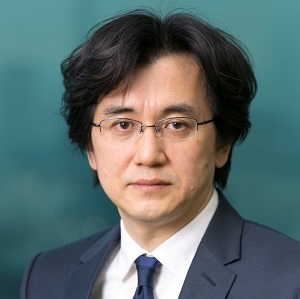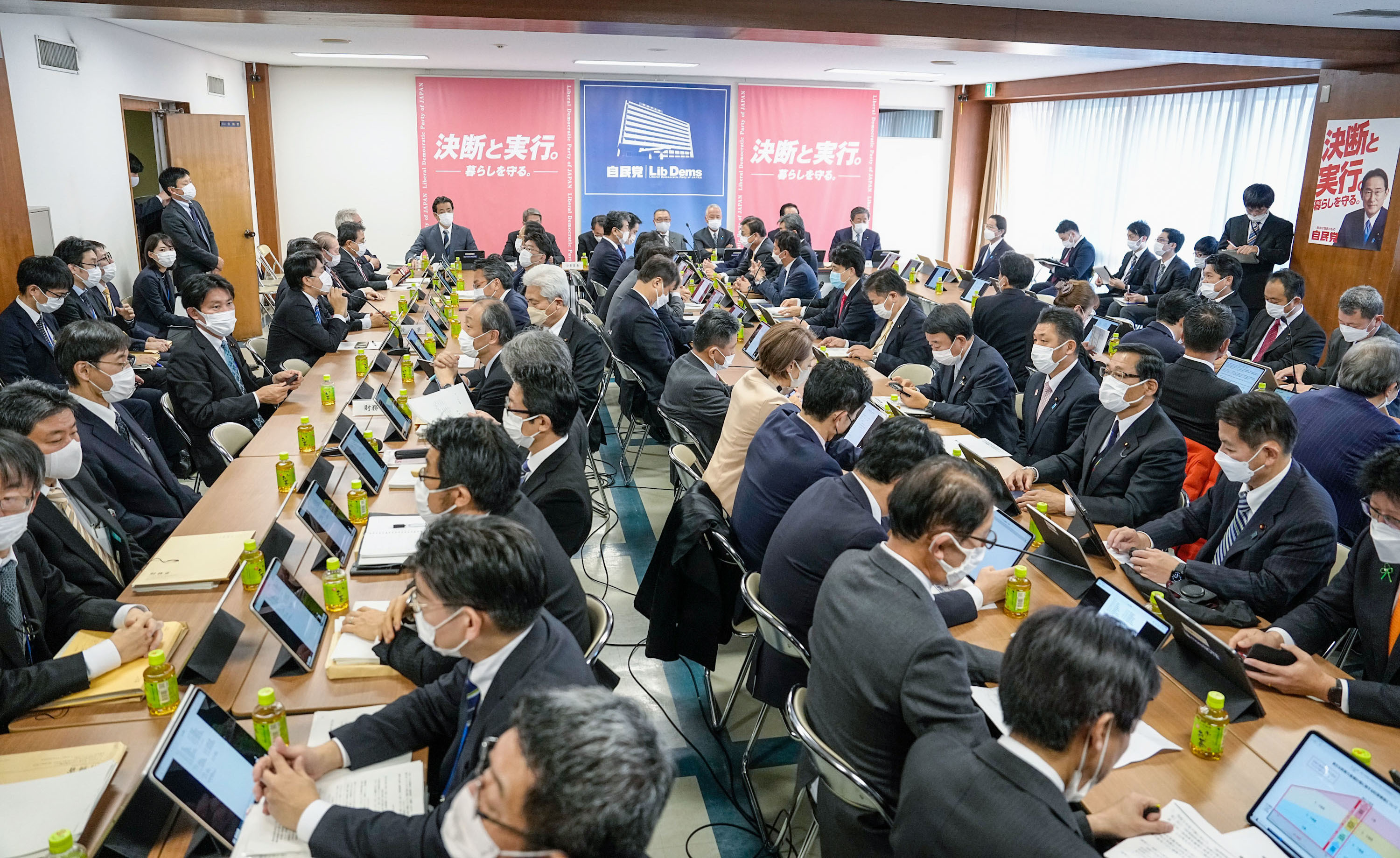Osaka Ishin no Kai (Osaka Restoration Association), headed by Mayor Toru Hashimoto, has grabbed headlines recently by releasing the initial draft of a national political platform. The ORA’s Senchu Hassaku—literally, “Eight-Point Shipboard Plan,” named after the 1867 reform document drawn up by Sakamoto Ryoma on the eve of the Meiji Restoration—is to serve as the Osaka-based group’s election manifesto when it makes its national debut in the next general election.
The draft contains a variety of proposals, ranging from common-sense fiscal and social security measures that Japan would do well to adopt immediately to ambitious institutional reforms that would require amending the Constitution (eliminating the House of Councillors, relaxing the requirements for constitutional revision, and so forth).
Judging from recent public opinion polls, Japanese voters have high hopes for the ORA as a force for reform at the national level. Ever since the collapse of the 1980s bubble economy, public opinion in Japan has favored strong leaders championing bold institutional reforms—as suggested by the enduring popularity of Jun’ichiro Koizumi, a “maverick” who spearheaded the privatization of Japan’s postal system during his tenure as prime minister (2001–06). Now people are looking to Hashimoto and his party to shake up the status quo.
The public’s seemingly endless appetite for institutional reform is rooted in part in the perception that the Japanese government always does “too little too late.” The government has indeed been too slow to act in some respects. It has known for decades that demographic trends spelled trouble for Japan’s social security system, yet it has delayed action time and again, just as it has dragged its feet on the liberalization of the agricultural market.
By international standards, however, Japan has shown itself remarkably eager to overhaul its systems in recent years. The past two decades have witnessed the 1994 reform of the electoral system, the consolidation of government ministries, the “big bang” deregulation of the nation’s financial markets, and major legislative and regulatory changes that went to the core of Japan’s economic and corporate systems.
Yet these accomplishments have done little to slake the public’s appetite for institutional reform; politicians and analysts are continually coming up with new ideas for rebuilding Japan’s political, administrative, and economic systems.
No Silver Bullet
To be sure, many of our institutions stand in genuine need of change. But ever since the collapse of the bubble economy, there has been a pronounced tendency to seize on institutional reform as the silver bullet that will vanquish all the economic and political ills that continue to plague the nation.
When a given reform plan falls short of expectations, people shift their focus to another, more radical cure-all. The grim truth of the matter is that the Japanese economy is unlikely ever to regain the momentum it enjoyed prior to 1990. But one can get more political traction by arguing that we just need to go further in reforming outdated institutions.
The problem with this approach is that institutional reform does not come cheap. Recent studies have shown that any major structural overhaul is apt to be a temporary drain on the economy, even if the new system is more efficient than the old.
And given the high costs of reconciling opposing interests and the extra burden reform places on administrators, there is naturally a limit to how many such overhauls the national government can accomplish within any given period of time.
The important thing is to identify which reforms offer the clearest benefits and focus our limited resources on implementing those one at a time, rather than raise the public’s hopes with one silver bullet after another.
The first question to ask ourselves is whether the situation really demands a full-scale institutional overhaul, rather than just procedural improvements. Take Japan’s bicameral legislature. In recent years, with the House of Councillors under opposition control, the government has been hard pressed to advance its legislative agenda. Confronted with this situation, some (including the ORA) have argued that weakening or eliminating the House of Councillors will help restore Japanese politics to good health.
But the fact is that the Democratic Party of Japan controlled both houses when it came to power in 2009. And even then it was unable or unwilling to implement the tax, social security, and fiscal reforms the country so badly needs. Dismayed by the confusion and incompetence of the new government, voters in effect chose to deprive the DPJ of an upper house majority in the House of Councillors election just a year later.
Democratic nations in the West, though, have been dealing with divided legislatures for centuries. Rather than overhaul the system at the first sign of gridlock, they have developed a variety of procedural and operational solutions—such as the establishment of bipartisan policymaking organs—to prevent partisanship from bringing government to a halt.
Japan’s civil service system has been the target of repeated reform efforts aimed at shifting the balance of power from bureaucrats to elected officials, and many insist that more drastic reforms are required. But the truth is that our politicians already have all the legal tools they need to assert control over the government. One begins to wonder whether they are simply shifting the blame for their own shortcomings.
Avoiding Unintended Consequences
To identify which reforms are truly necessary, policymakers need to carry out careful, objective analyses and assessments. The 1994 overhaul of the electoral system, passed in response to a series of political scandals, was predicated on the belief that multi-seat electoral districts were the root of all evil in Japan’s political system.
The nation rushed to embrace this theory despite a lack of supporting evidence, and despite the fact that the tendency in the rest of the world was to move toward larger electoral districts. Surely a careful, dispassionate analysis would have laid the groundwork for a more balanced debate. Instead the government forged ahead and rebuilt the election system on simplistic assumptions. Now, as the unintended consequences are becoming apparent, some are calling for a return to multi-seat districts.
By the same token, streamlining the government to eliminate redundancy among the ministries may seem at first glance a laudable goal, but redundancy can in fact nurture healthy policymaking competition. Institutional reform is far more complex than it often appears.
A priori analysis is essential to predict the efficacy of institutional reforms, but it is scarcely sufficient. In the final analysis, experience is the best teacher. That said, the central government can hardly afford to develop new systems by a process of trial and error.
Herein lies one major advantage of a decentralized political system. If local governments had more genuine autonomy, they would be free to experiment with institutional reforms on a limited scale, providing the rest of the nation with a means of verifying the efficacy of various plans. The original mission of the Osaka Reformation Association was to integrate Osaka City and Osaka Prefecture into a single “metropolis” divided into semi-autonomous municipalities, following Tokyo’s model. Beginning with that plan, let the ORA implement its institutional reforms at the local level and demonstrate their efficacy to the rest of the nation.
Translated with permission from "'Osaka-to' wa seido kaikaku no yoi jikken," Nikkei Veritas , March 4, 2012.




